Last updated on March 6, 2024
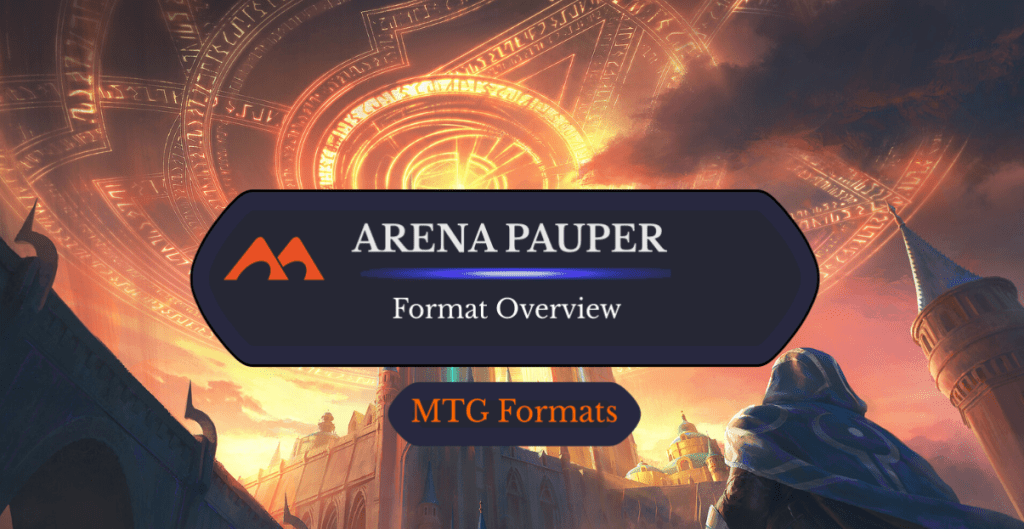
No Escape | Illustration by G-host Lee
We’ve talked about quite a few different formats in Magic, from Alchemy to Historic. MTG Arena has a limited number of options to choose from. Not all formats are as supported as others with sponsored tournaments and official events, but if you’ve got a collection, you have cards that might never have been played before.
If you’re looking for a new format without the rare and mythic rare cards, then this format is for you!
The Basics: Legal Cards and Deck Building
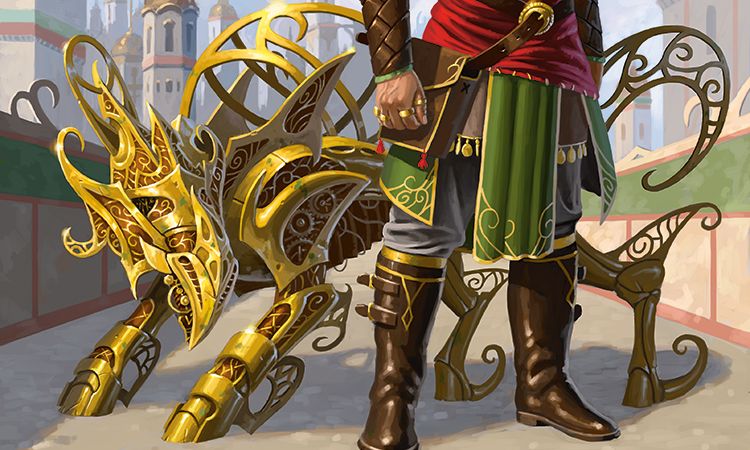
Bonded Construct | Illustration by Craig J Spearing
Pauper is a constructed format in which you play with only commons. You brew decks with the same deck building rules as most other constructed formats: a minimum 60-card deck with no maximum size (can you shuffle it in your hands, though?), a 15-card sideboard if it’s needed, and only four copies of individual cards except for basic lands.
Does Pauper Include Uncommon Cards?
Uncommon cards are not allowed in Pauper. If a card exists on Arena as a common, then it's legal.
Take Ashnod's Altar as an example: It was first printed at common and is legal in paper pauper but since it exists on Arena only as a rare, it is not legal in Historic Pauper.
And… that’s about all there is to it. The gameplay is the same, deck building is the same, it’s just the legality of common-only cards that you need to keep in mind. It’s pretty straightforward, really. If you take another step you reach the Arena-only format, Artisan which lets you play exclusively with commons and uncommons.
Pauper Rules and Regulations
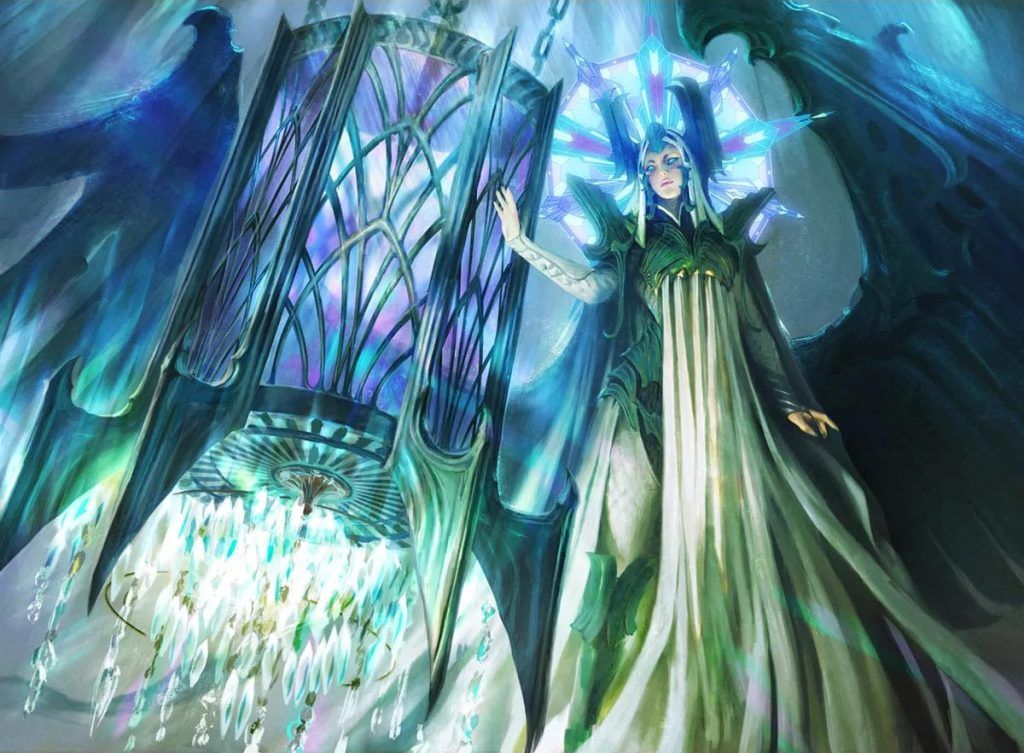
Celestial Regulator | Illustration by Mathias Kollros
Pauper as a format has had a bit of a rough ride, as Wizards did not release official rulings or a ban list before the creation of the Pauper format panel in January 2022.
Is There A Pauper Card Pool Rotation In MTG Arena?
No, Historic Pauper on Arena does not rotate unless you’re talking about Standard Pauper which follows the current Standard-legal card pool.
Historic Pauper grows with every set added to MTG Arena. Let’s step aside from the card pool and dive into the cards you can’t use.
Are There Any Banned Cards in Pauper?
Since Wizards officially started supporting this format in mid-2019, we’ve got an official ban list. Hooray! Here are the handful of cards that are banned in Pauper, their common-ness be damned:
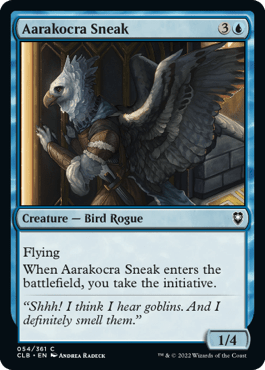

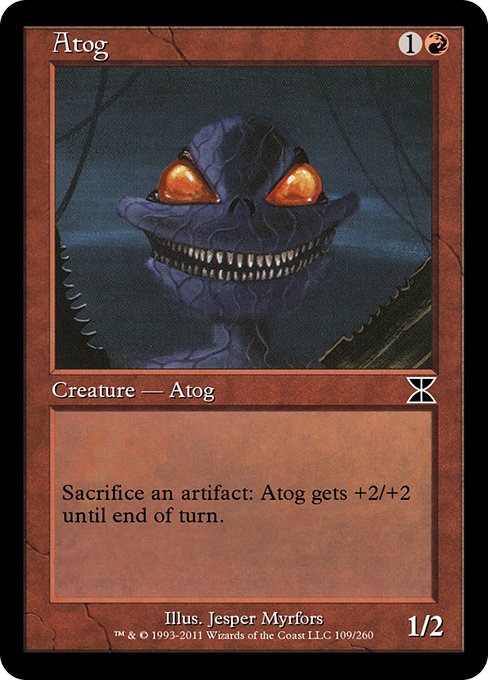
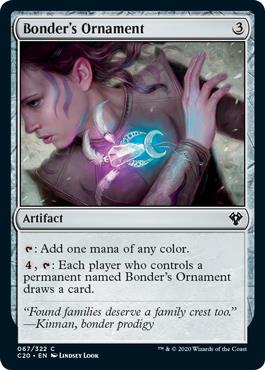
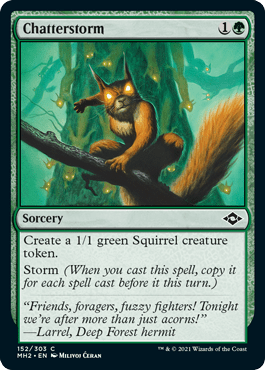
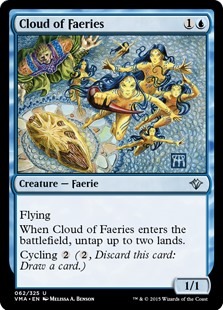
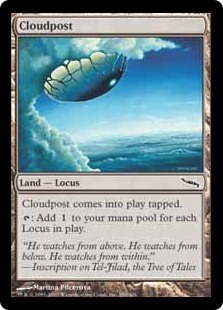
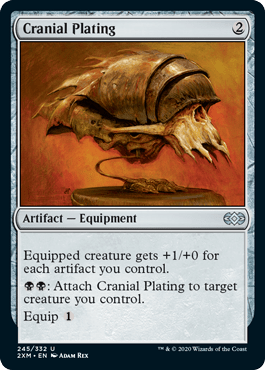

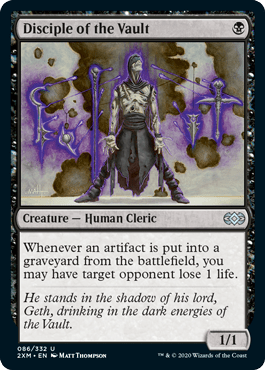
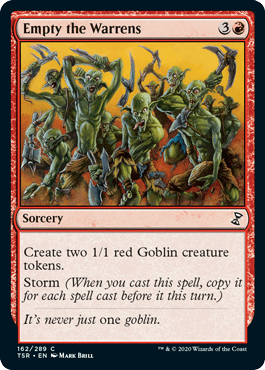
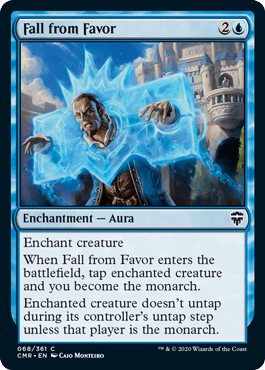
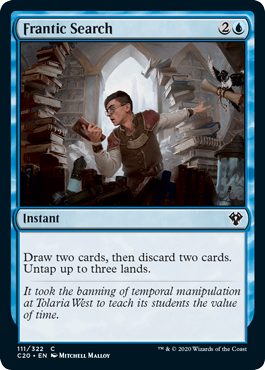
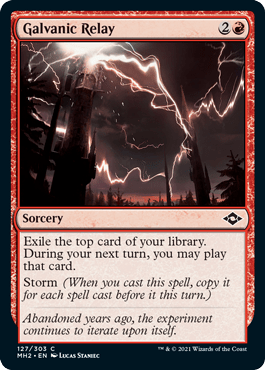
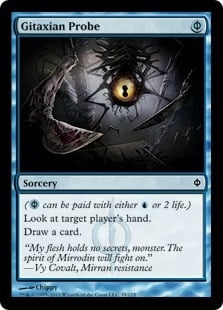
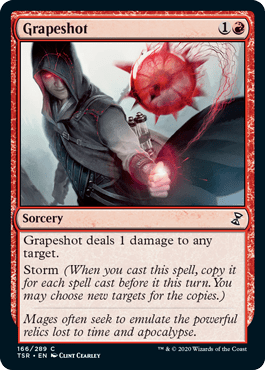
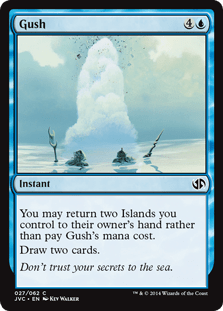
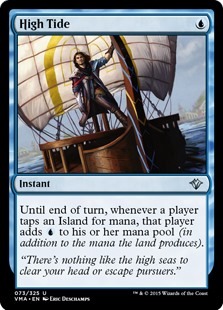
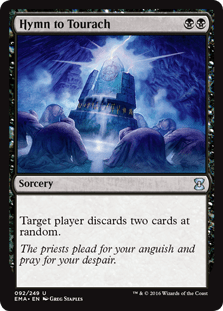

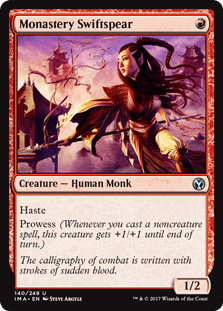

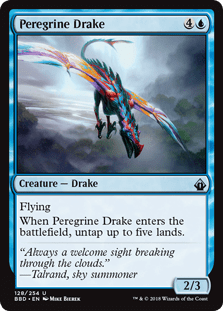
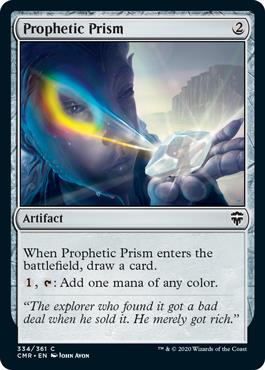
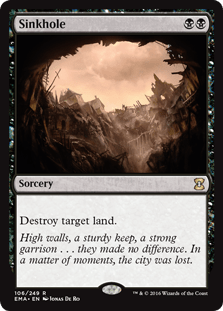
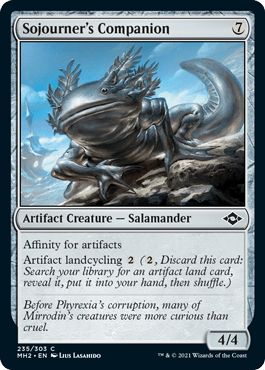

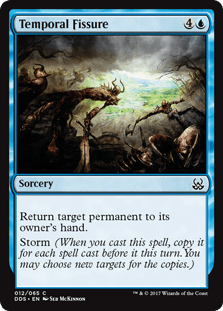
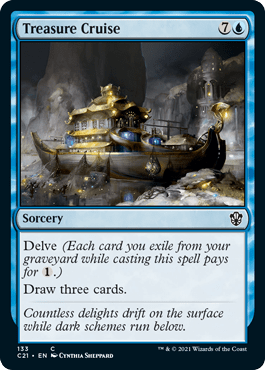
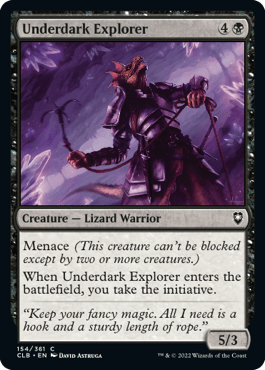
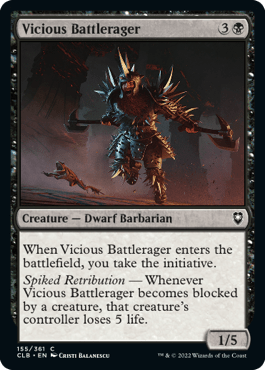
- Aarakocra Sneak
- Arcum's Astrolabe
- Atog
- Bonder's Ornament
- Chatterstorm
- Cloud of Faeries
- Cloudpost
- Cranial Plating
- Daze
- Disciple of the Vault
- Empty the Warrens
- Fall from Favor
- Frantic Search
- Galvanic Relay
- Gitaxian Probe
- Grapeshot
- Gush
- High Tide
- Hymn to Tourach
- Invigorate
- Monastery Swiftspear
- Mystic Sanctuary
- Peregrine Drake
- Prophetic Prism
- Sinkhole
- Sojourner's Companion
- Stirring Bard
- Temporal Fissure
- Treasure Cruise
- Underdark Explorer
- Vicious Battlerager
The Popularity of Pauper
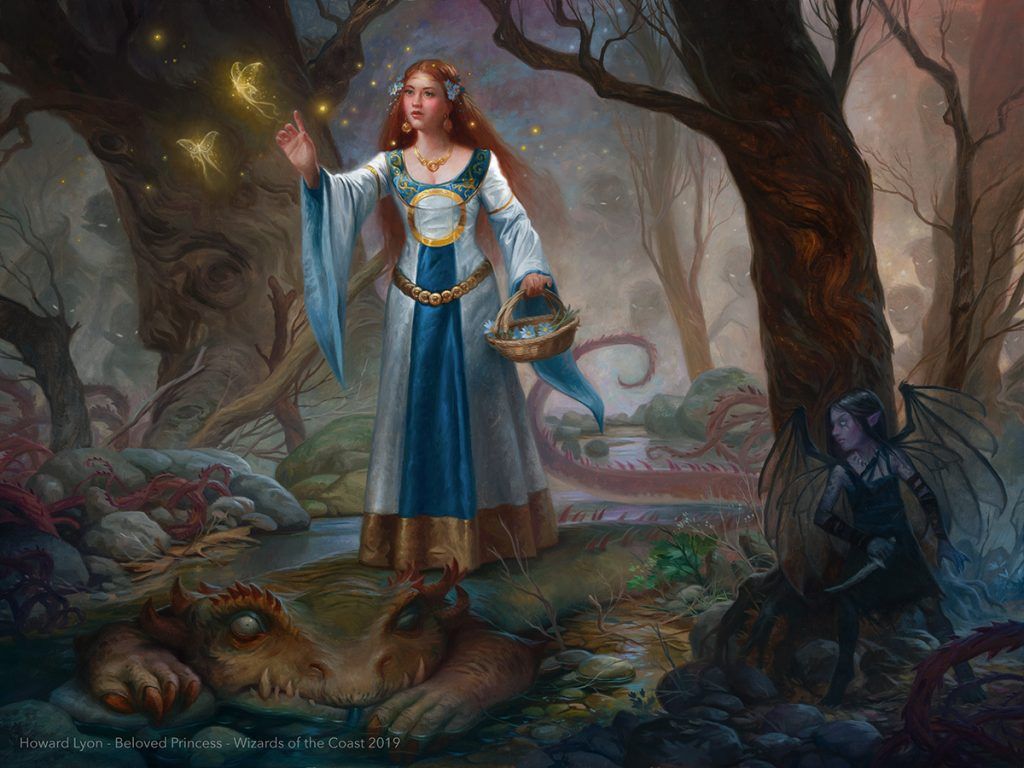
Beloved Princess | Illustration by Howard Lyon
The pull to the Pauper format is simple. As we mentioned above, it allows you to play Magic without breaking the bank, so to speak. By restricting legal cards to only those at common, it is much easier to get your hands on cards to play. It also means that your opponent won’t have any advantages if they’re able to spend countless amounts of gems on the best and rarest cards.
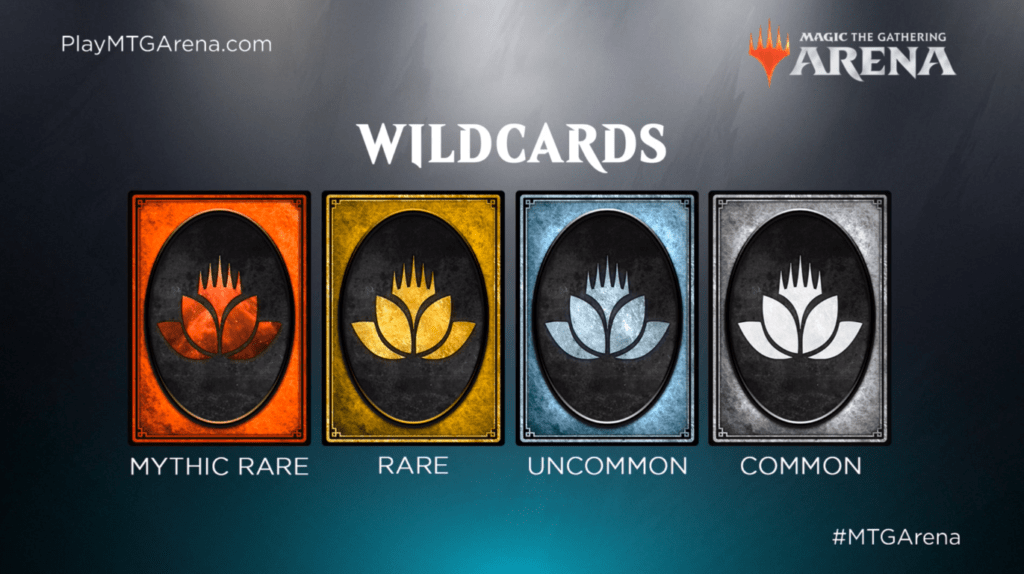
Beyond just collecting cards, wildcards are the go-to way to get specific cards you need. Earning common wildcards is nearly passive for casual players, so Pauper is a particularly affordable format. You avoid the need to acquire mythic and rare wildcards, which typically require you to spend money on packs or to win a lot of events.
I’d say Pauper is a bit of an equalizer, and probably the best format to learn the ropes of Magic. If you’re a new player, you’re not going to be going up against any crazy mythic rares that you couldn’t even dream of getting your hands on or borderline game-breaking cards that aren’t banned for whatever reason. It also means that you need to get creative in building decks with lots of synergy (and perhaps some unique win conditions).
This is also the only format that cares about rarity, and that’s pretty cool. It’s a unique identifier of the format, and something that no other format can say that they do.
MTG Arena Pauper Events
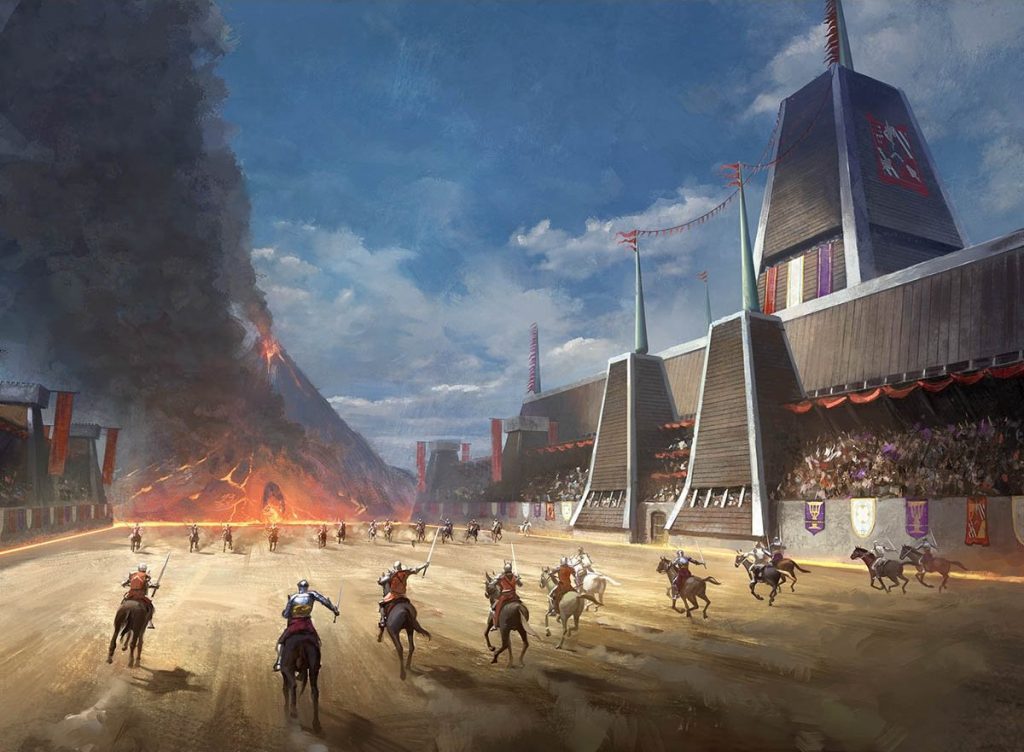
Tournament Grounds | Illustration by Cristi Balanescu
It might surprise you to know that there have actually been some Pauper events hosted on MTG Arena. But, well… there’s a bit of a twist.
Because MTGA only has sets starting from Ixalan, it can’t really have a true Pauper event like MTGO or tabletop Magic. A whole heck of a lot of the cards just don’t exist on the client, and so they can’t be used. But remastered sets continue to be added and Standard rotates so let’s look closer at two versions that MTGA can use: Historic Pauper and Standard Pauper.
Also, all of MTG Arena’s Pauper events banned Persistent Petitioners, as it was causing a bit of a kerfuffle since you can have any number of them in your deck (per the card's rules text). It may be noteworthy to point out that although it was banned in MTGA’s Pauper events, Persistent Petitioners has not made it onto the format’s official ban list.
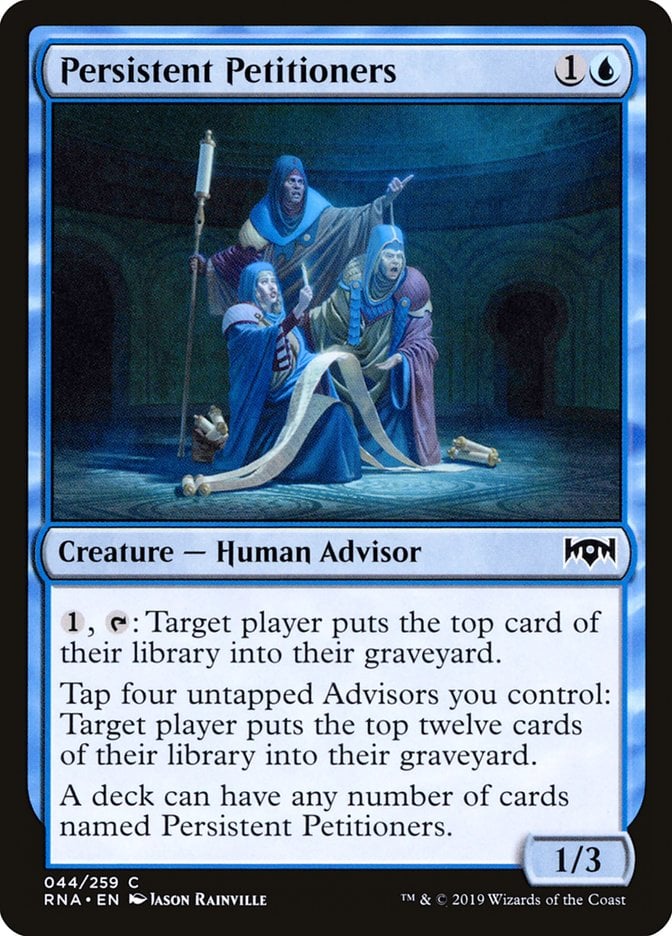
Beyond that and the limited card pool available to players, the rest of the rules were the same.
Wrap Up and Go Play Pauper
So hold onto those rare and mythic wildcards, and put those common wildcards to good use. Pauper places less emphasis on card quality and more on how they work together and how you play the deck. Playing Pauper is a great reason to put Arena Tutor to use and get more stats on your games. Have fun playing Magic cards you thought you’d never play, and be sure to comment what you hate about expensive and rare cards.
Follow Draftsim for awesome articles and set updates: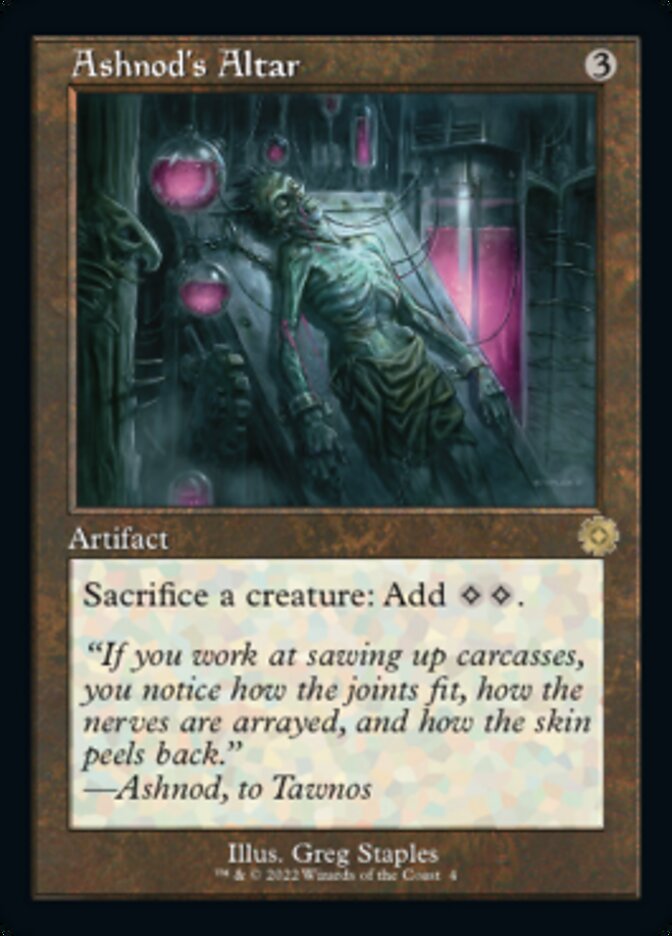
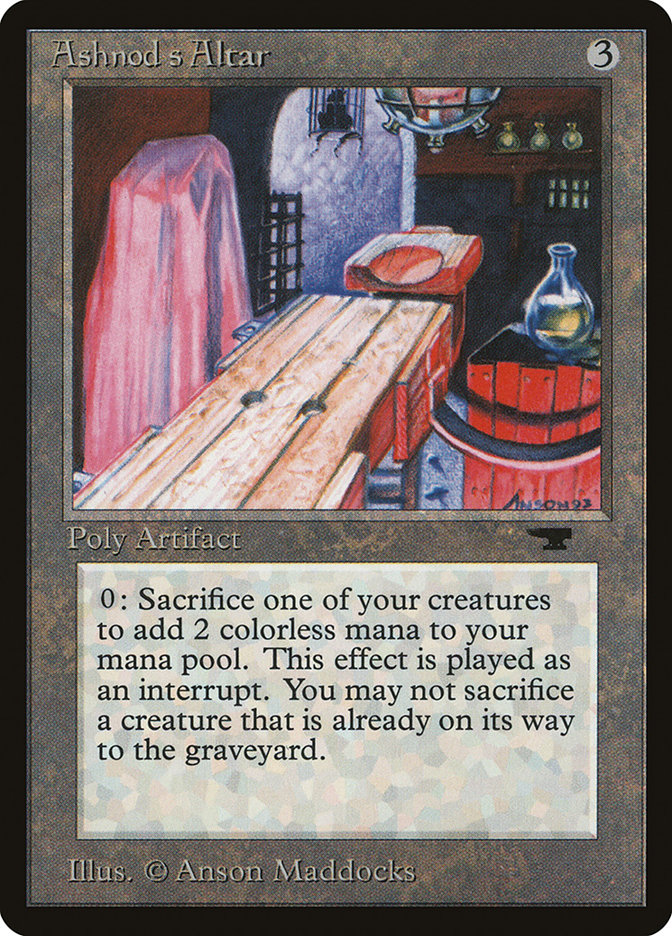
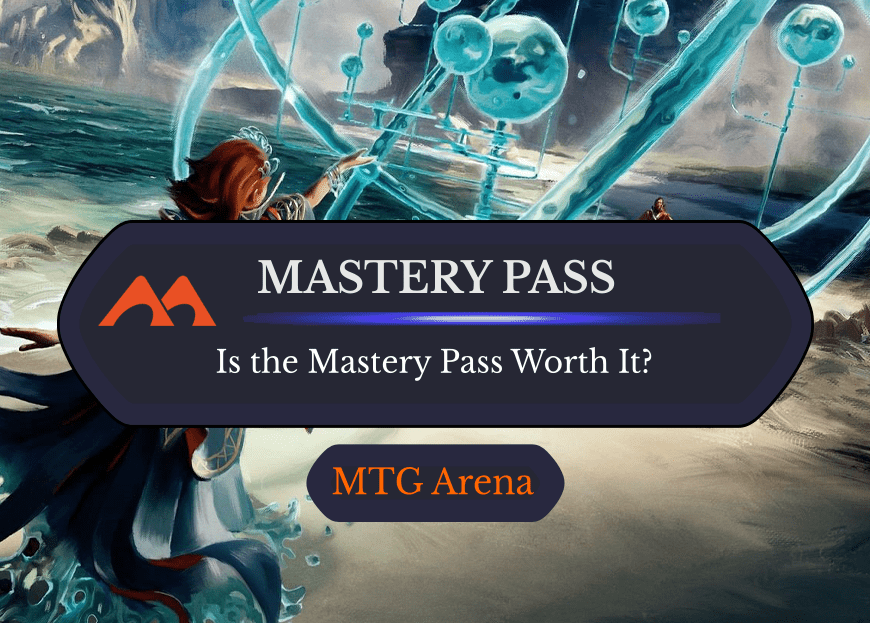
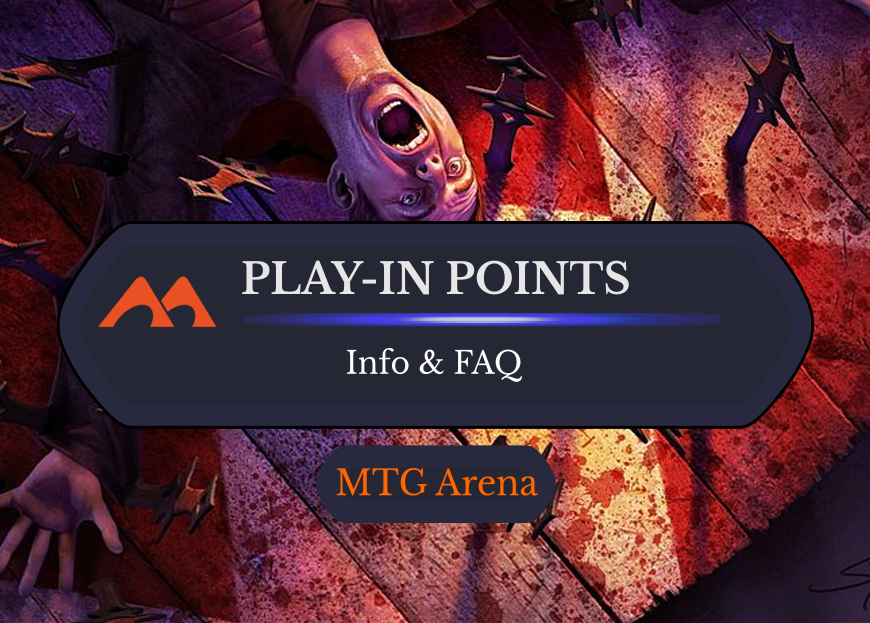
Add Comment